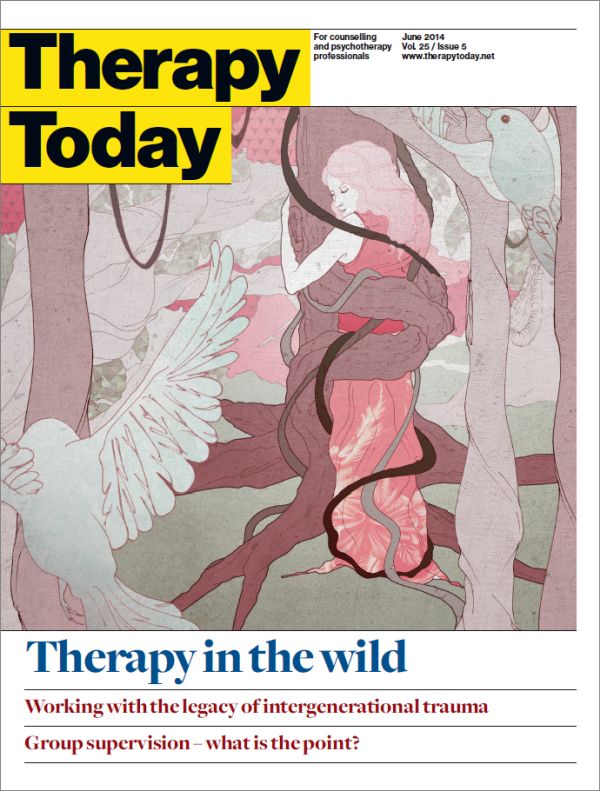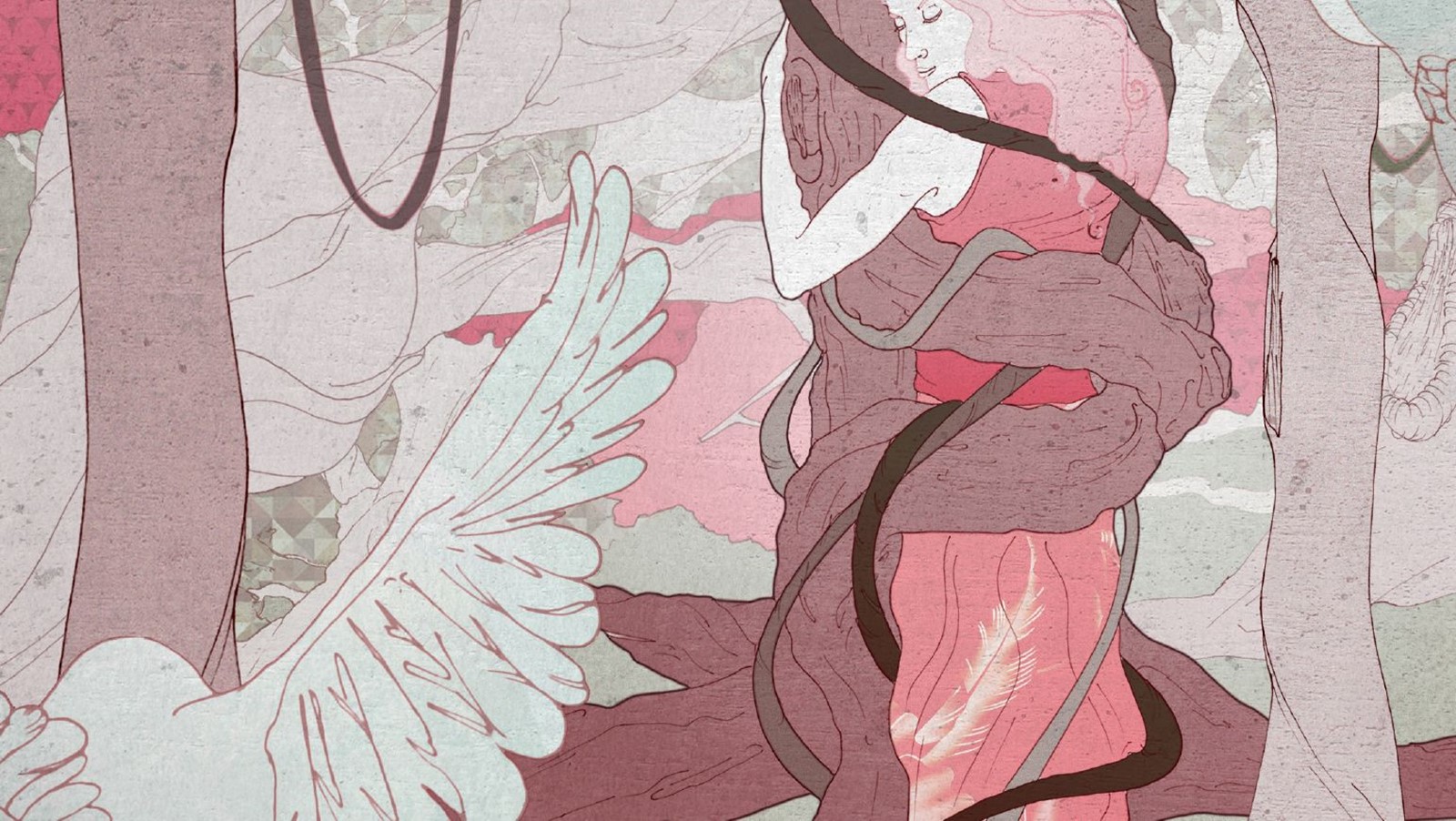In this issue
Features
An upward spiral: exiting prostitution
Catherine Jackson talks to counsellors working with women in the sex industry.
The practice of Wild Therapy (free article)
Nick Totton explains how ‘moving into the outdoors’ can bring wildness into the therapeutic relationship.
The story goes on
Judy Sherwood explores the intergenerational impact on children born to immigrant and refugee parents.
Beginner’s mind
Charles Gordon-Graham welcomes the freshness that this Zen Buddhist concept brings to his psychotherapy practice.
Supporting Canada’s Aboriginal students
Jacqui Gray discovers how Canada’s university counselling services are reaching out to their Aboriginal students.
Group supervision – does it count?
Trainee counsellors Kath Caffrey, Julie Scott and Geraldine Touhey describe their experience of group supervision.
Regulars
In practice
Jeanine Connor: Parents and online safety
In the client's chair
Ethel Henry: It all comes down to you
In the supervisor's chair
Rosie Dansey: Learning from each other
The researcher
Barry McInnes: Is it time to think positive?
Dilemmas
Are his fellow students racist?
The interview
Peter Fonagy: The mind from the inside
How I became a therapist
Lee Partis
BACP
From the chair
Amanda Hawkins: Dialogue is strength

Members and subscribers can download a pdf of this issue from the Therapy Today archive.
Editorial
I’ve long been interested in how being outdoors can help you know yourself, physically, mentally and emotionally. Reading Nick Totton’s article about the practice of Wild Therapy, I can appreciate what he means when he writes, ‘Working in the outdoors seems to offer a direct route into authenticity.’ I have heard people make similar observations about equine-assisted therapy – ie that the horse knows if you are not being yourself!
As I understand it, wilderness therapy makes use of the healing effects of natural, wilderness settings and takes place over a prolonged period of time. It can involve taking clients on wilderness journeys for weeks, sometimes months.
Nick Totton’s own particular take on outdoor therapy has grown from his work in ecopsychology and his concept of ‘wild mind’ – the alternative to ‘purpose-obsessed consciousness’ – which he has previously written about in Therapy Today (‘Wild at heart’, December 2005). Wild Therapy involves spending time outside in a wild place and then working with the effects that this has. For example, how may spending time in the outdoors change the relationship between client and therapist? In the therapy room Nick says he is now aware of a ‘poseur’ element that can get in the way of the relationship. Outdoors, the client and therapist both have to negotiate the practical and physical processes involved, which can make the relationship more equal. The client may be more physically agile, which adds another dimension to the therapeutic dyad – it also brings an awareness of the body into the work.
How does being outdoors make us feel more relaxed? What is it about the other-than-human environment that induces cognitive rest? And what does being immersed in nature actually mean for people on a profound level?
Sarah Browne
Editor
